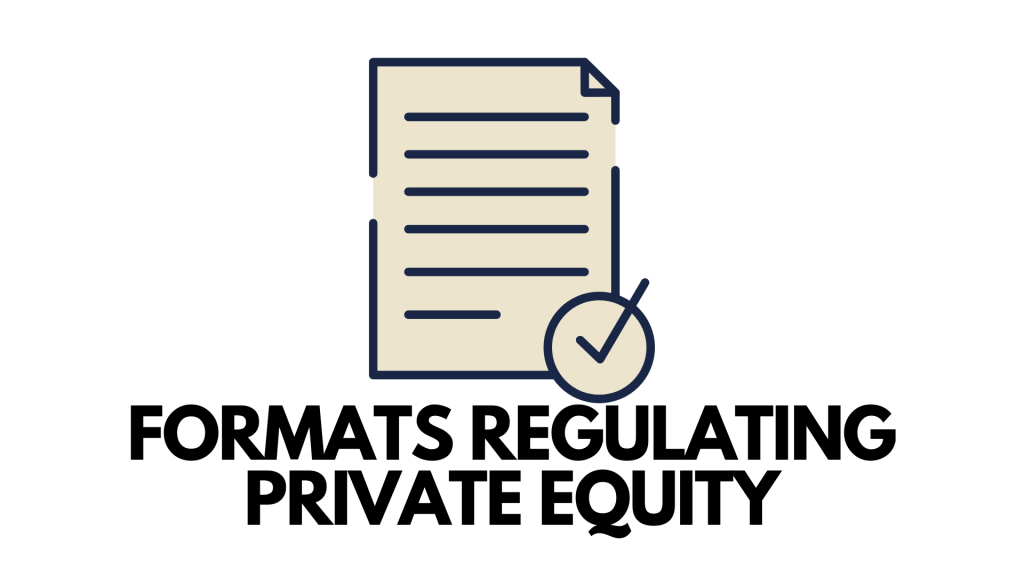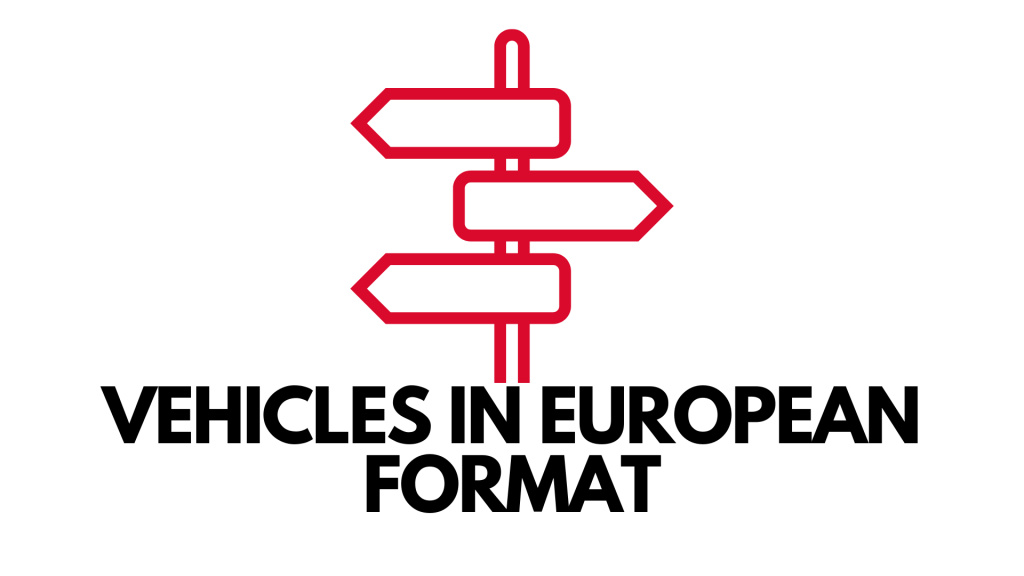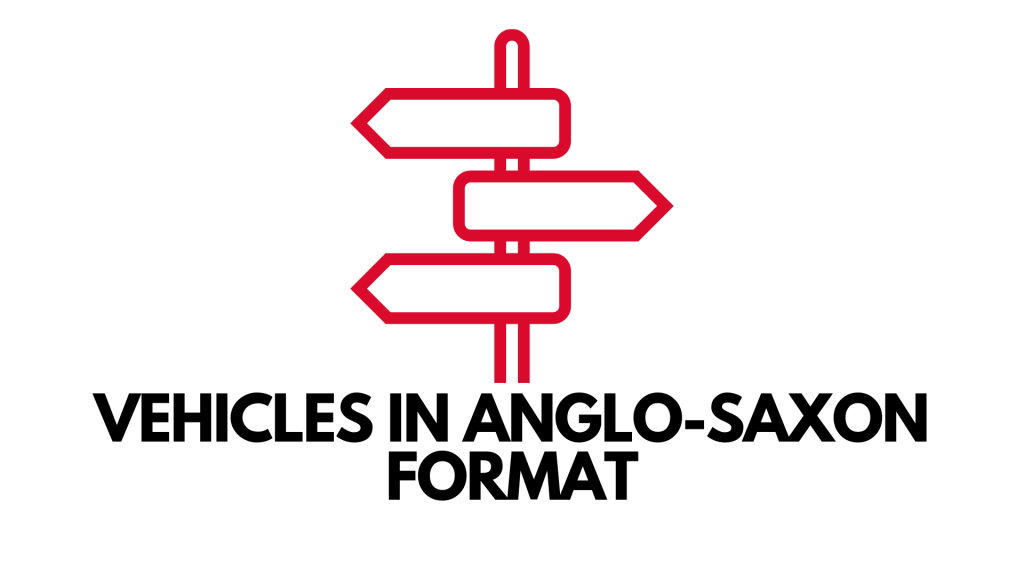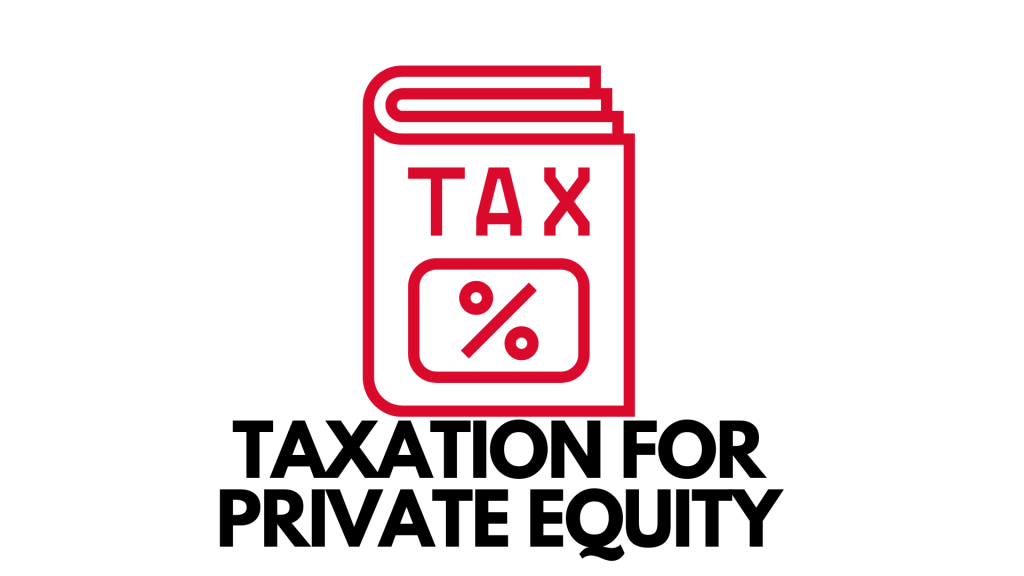At this point, we know the basics of private equity and venture capital but how does the PE market function in the real world? What formats are used in the PE market? What regulations need to be followed and what benefits should you expect if you are involved in the PE and VC market?
Buckle up! because we are going to answer all of these questions in this article.
Formats Regulating Private Equity

All around the world, there are two formats for regulating PE investments. When we talk about two formats, the provisions mentioned may not be exactly the same for your country but a derivation from any one of the formats mentioned.
1. European Union Format
This format is regulated by the European Union. In this format, the private equity investment is regarded as a financial service and hence the directives regulating the whole financial system are used to regulate PE investments. The two directives are:
- Financial Services Directive
- Banking Directive
2. Anglo-Saxon Format
This format is regulated by the US & the UK. In this format, the private equity investment is regarded as an entrepreneurial activity and the investments are regulated by
- Common Laws,
- Ad Hoc Fiscal rules and
- Special laws for PE
Vehicles In European Format:

By vehicles, we mean the ways you can invest in the PE market. In the European format, the vehicles can be of three types:
- Closed-end funds
- Banks
- Investment firms
In this part, we will dive deeper into how these vehicles function.
1. Close-end Funds
This is the most relevant vehicle for private equity investment in the European Format. Close-end funds are regulated by financial service directives and AIFM(Alternative Investment Fund Management). AIFM is a directive to improve the quality of closed-end funds.
As the name suggests, in closed-end funds, the funds are raised from investors at a certain time after which the investor has no way to make an “exit” till the end.
The closed-end funds involve 3 different parties:
a. AMC(Asset Management Company)
It consists of a group of people managing the funds of investors. They don’t directly invest in the companies but are responsible for pooling funds from investors and investing in various sectors.
It should be noted that the AMC is required to invest 2% of the funds raised to show its commitment towards the fund. An AMC’s shareholders can be government, bank, or individuals.
b. Funds
A fund is the pooled money obtained from investors which are to be managed by the AMC.
Certification is provided to the investor according to the funds invested in the pool. Contrary to open-end funds, in closed-end funds, investors can only enter at the beginning and exit at the end. As a result, liquidity can be a problem as there is no pressure to manage liquidity for the AMC.
c. Investors
Investors are the people who provide money to the pool. The investors lose their right to have tailored management of their money after they put their money in the fund. Then why do they do that? It is because their money becomes a part of a larger pool of money coming from diverse investors and their belief in the AMC to manage their money effectively.
Generally, investors in closed-end funds are big investors like corporations, high net-worth individuals, pension funds who can take risks.
It is important to remember that the investment from investors cannot be leveraged(i.e. taking extra debts from financial institutions is not allowed) by the AMC according to the law.
The closed-end funds are collected and used to make PE investments. However, the lifetime of the funds can be a bit more complex than it sounds. Here is a rough sketch that shows the lifetime of funds:
- Fundraising period: The AMC scans for potential investors and convinces them to invest in the close-end fund
- Draw Down Period: Certain percent of committed money is given by investor to AMC and it starts investing the pooled money
- Investment & Exit Period: At this period, the AMC recieves all the committed funds from the investors and makes investments. It also tries to make exits from the investments.
- Extra time: This is an option for the AMC to liquidate all its investments in case the investments are still in place
- Spreading Money: After certain years, the AMC meets the investors and the money is distributed according to the investments
The AMC can define the lifetime of the fund. No law states the exact number of years for the lifetime of closed-end funds but it typically is found to be 10-13 years.
How Does AMC Make Profit?
Till this point, we have discussed how closed-end funds work. We are yet to discover how it is profitable for the investors and the AMC. The profits made by the investors and the AMC are dictated by something called the internal code of conduct.
The AMC gains profits in two ways:
- Management fee: Fixed percent of sum from the total money pool for management of the AMC (usually annual)
- Carried Interest: Fixed percentage the AMC is going to recieve at the end of close-end fund
It is worth mentioning that these two mediums are often the main sources of revenue for any vehicle in Private Equity(PE).
As for the investors, they receive the money remaining after the deduction of carried interest, distributed according to their previous investments in the pool.
2. Banks
Banks can invest in Private Equity but direct investment is uncommon. This is due to the strict rules and regulations imposed on the bank and the high amount of regulatory capital that needs to be allocated for PE investments.
Often the high regulatory capital evens out the capital gain from the PE investments which makes it rare for banks to make PE investments.
3. Investment Firms
According to the European Union’s provisions, investment firms are financial institutions like banks but with the exception that they cannot collect deposited money.
In an investment firm, the shareholders of two types:
| Type of Shareholders | Job | Remuneration |
| A-shareholders | Management and investment in the firm | Management fees and carried interest |
| B-shareholders | Only investment in the firm | Carried interest only |
Investment firms generally are used as a vehicle by people who want to leverage the money collected ( which is not allowed in closed-end funds) and also do not want to abide by strict rules and regulations. It is perfect for small groups of people or family offices to get into PE investment.
Vehicles In Anglo-Saxon Format:

Now, let’s move on to the Anglo-Saxon format which was developed in the US and the UK. In this format, Private Equity investments can be done by using any of these vehicles:
- Venture Capital Fund(VCF)
- Small Business Investment Company(SBIC)
- Corporate Ventures
- Banks
- Business Angels
- A Special Vehicle Introduced In the UK
Let’s dive deeper into how these vehicles function.
1. Venture Capital Fund
Venture Capital Funds known as VCF is the most relevant vehicle for PE investment in the Anglo-Saxon Format. The legal entity for Venture Capital Funds is called a Limited Partnership(LP).
An interesting provision attracting investors to invest in the VCF is that the taxes are exempt for investors investing in the fund if certain conditions as stated by the government are satisfied.
The Limited Partnership’s shareholding looks like this:
| Shareholder | Percentage of shares | Role | Liability |
| Limited Partners(LPs) | 99% | Only Investors | Limited |
| General Partners(GPs) | 1% | Managers of the LP | Full |
A question may arise on the exact meaning of limited and full liability. It simply means that, for LPs, the worst-case scenario is that they lose their investments. In the case of GPs, they are fully liable for the LP’s liabilities and can have huge consequences if the investments go south.
Did you notice something? The core functionality of PE investment vehicles is somewhat similar in both the Anglo-Saxon format and European Union Format. Comparing them side by side would make it easier for you to understand them.
| Anglo-Saxon Format | European Union Format |
| Venture Capital Fund is the most relevant vehicle | Close-End Funds is the most relevant vehicle |
| The GPs act as the managers and LPs act as pure investors | The AMC acts as the manager and investors invest in the funds |
| The GPs have 1% shareholding in the Limited Partnership | The AMC needs 2% of the total money pool |
| The LP is allowed to leverage the fund collected from investors | The AMC isn’t allowed to leverage the funds |
| The permission to leverage funds can be risky and the risks have to be borne by the GPs | The closed-end funds cannot be leveraged and hence have a higher risk-return factor |
| The GPs operate through an LLP(Limited Liability Partnership) to mitigate the risk of being fully liable | The AMC is similar to the LLP except for the part that they cannot leverage investors’ money. |
2. SBIC
SBIC stands for Small Business Investment Company. SBIC was a PPP (Public-Private Partnership) solution to stimulate the PE market with government-backed funds. In the case of the U.S., the SBA (Small Business Association) lends money to the firms(SBICs) which in turn make investments in the PE market.
The shareholding of the public admin and the firm is 50/50 in the SBIC.
i.e. Total funds of an SBIC = Funds borrowed from public admin(50%) + Firm’s own capital(50%)
The management of the SBIC is entirely in the hands of the firm and the public admin acts only as an investor.
The management fee is taken by both parties but the interesting part is in the distribution of profits. The profits received by both the parties look like this:
- Public Admin: Remuneration till certain point as agreed upon in the SBIC agreement
- Private Firm: All of the remaining profits
The vehicle is tax-free and is provided 33% leverage from the federal reserve at lower interest rates to facilitate their work.
All of these attractive features of SBIC helped clear the gap between the potential investors and the companies/startups who required investments. Hence, the act of 1958 which introduced SBIC was very successful in stimulating the PE market.
3. Corporate Venture
A corporate venture is a department of a larger corporation that focuses on investing in seed financing, startups, and companies in their early growth phase.
The corporate venture’s aim however is not to generate IRR (Internal Rate of Return) like in other cases. Their aim is to invest in projects which will benefit the corporation as a whole.
4. Banks
As in the case of the European Union format, the direct involvement of banks is minimal. They are bound by legal constraints and invest in only urgent cases.
They are however indirectly involved in the market by acting as GPs and LPs.
5. Business Angels
Business angels are mostly high net-worth individuals, charities, foundations who invest in new companies. These companies are provided special benefits from the QSBS (Quality Small Business Stock) rule.
The QSBS rule exempts the investor from taxes if they invest in a QSBS, take the capital gain, and consecutively make another QSBS investment.
6. A Special Vehicle Introduced In The UK
On the U.K. side of things, there are similar provisions like in the U.S. for VCF, Corporate ventures, Banks, Business Angels, and PPPs. There is however a newer concept of VCTs (Venture Capital Trust) in the U.K. to stimulate the PE market.
The idea of a VCT is to attract retail investors to invest in the PE market. Retail investors are non-professional investors involved in the trading of stocks.
Knowledge of the concept of trusts is required to understand how a VCT works. A trust consists of a settler/trustor and a trustee where the settler is someone who puts assets into the trust and the trustee manages the assets to generate profits.
A major differentiator of VCT in comparison to other vehicles is that the problem of liquidity is managed by giving the investors a certificate listed in the stock exchange.
To encourage investors to invest in VCTs, they are given generous tax benefits by the government.
It is also notable that VCTs are also allowed to invest in listed companies if they meet certain requirements.
Taxation for PE

As discussed above PE investment is generally encouraged by countries by giving investors and startups some type of tax benefit. However, the exact tax provisions are different in different countries.
Basically, the PE players can be categorized into investors, vehicles, and venture-backed companies. Let us discuss the common taxation methods on these vehicles:
1. Taxation On Capital Gains
The investors and vehicles are the ones who gain capital. The taxation can be:
a. On Vehicles:
There are typically 3 ways of taking taxes from a vehicle:
- Flat Tax: Tax that is lower than other legal entities in the country
- Tax Transparency: No Taxes
- PEX(Participation Exemption): The tax is reduced if certain criterias as stated by law are satisfied
b. On Investors:
Again, the taxation on investors is different in different countries but the investors are typically categorized into:
- Private Individual or Legal Entity(eg. investment firms)
- Domestic Investor or Foreign Investor
The taxes are taken according to the category that the investors fall in.
2. Incentives For Startups
Certain incentives are given to startups and companies at their initial R&D phases to promote the growth of new companies. There are three common mechanisms through which incentives are given to startups:
- MarkDown: To reduce the taxes for the company and ease the investments from investors
- Shadow Cost: The company can receive premium to generate tax benefits
- Tax Credit: A voucher is given to the company which can be used to reduce taxes for the company
For a venture-backed company, there are incentives on D/E(Debt to Equity) ratio. There are two mechanisms for this case:
- Thin cap: The amount of interest rate paid on debt is limited to safely harbour the companies with high debt-equity ratio
- DIT: Give tax incentives for companies financed through equity
New Mechanisms:

With time, there has been a progression in the mechanisms, and new solutions are emerging in the PE market. Some common ones are:
- Crowd Funding: Raising money from large group of people typically through the internet
- Special Purpose Acquisition Company(SPAC): Company which collects funds for buying another company
- Private Debt Fund: Raise money from investors and lend to companies
There are many other innovative mechanisms that have been developed to enhance the PE market and many more are expected to be introduced to this ever-growing market.
Conclusion
That’s it! We hope this article has equipped you with the knowledge of how private equity and venture capital works in the real world. We are yet to learn a lot more interesting stuff on this topic. For that, be sure to check out the next two parts of this article.
